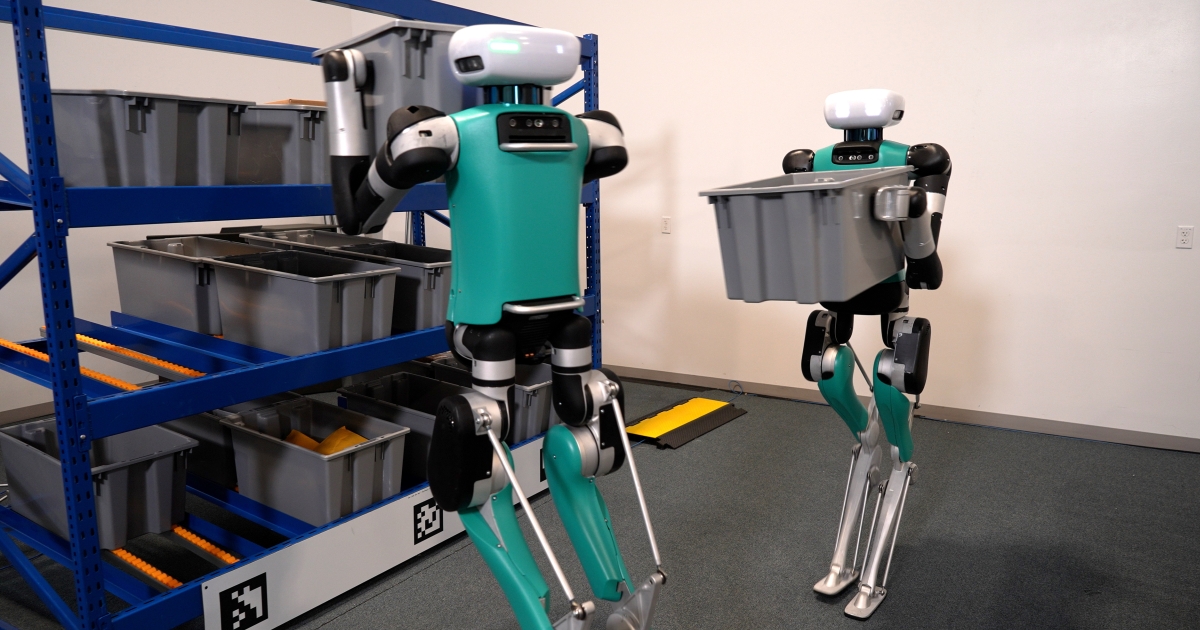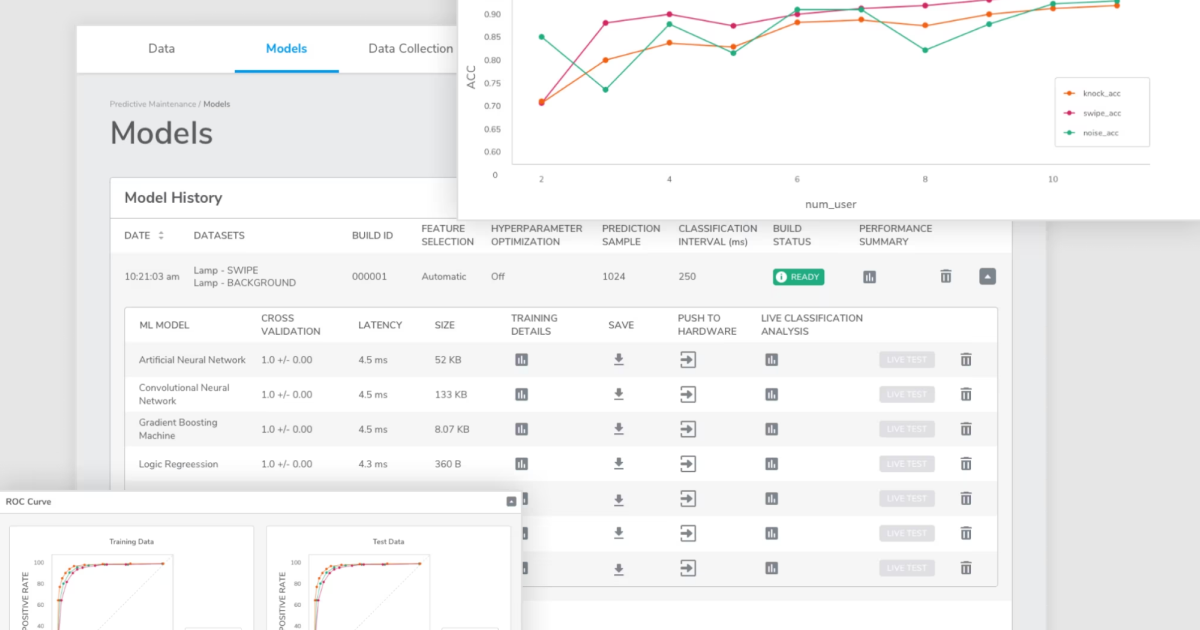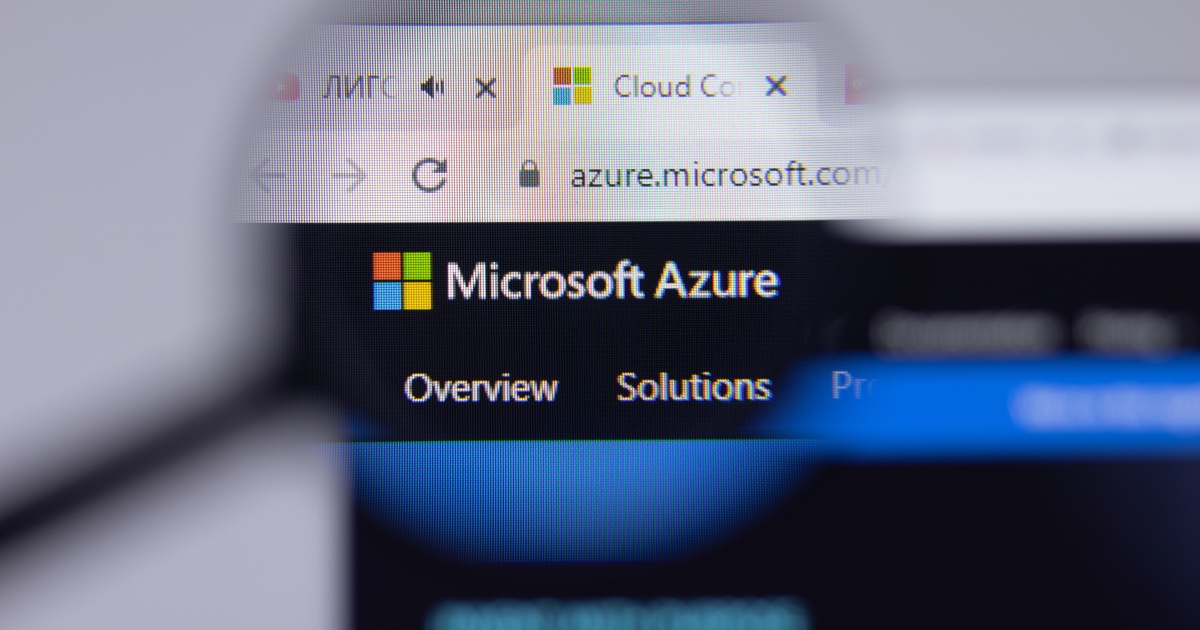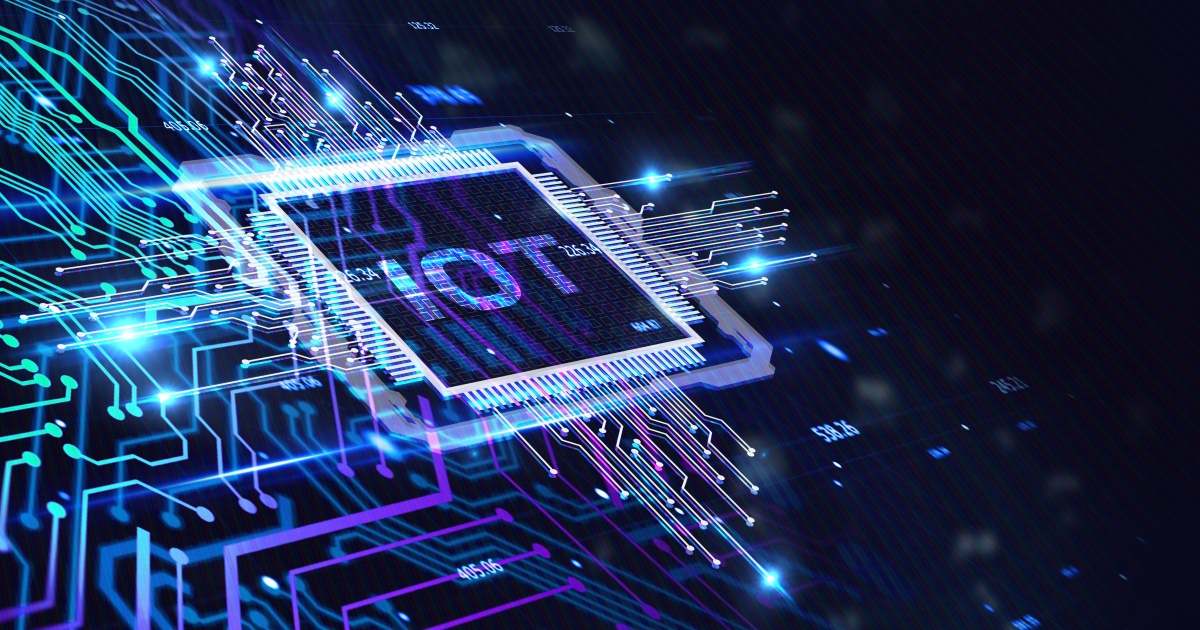The Industrial Internet of Things (IIoT) is the force driving the growth of industry 4.0: a technological revolution borne out of a desire to improve the efficiency of the infrastructure and industrial sectors though data-led insights.
 To reach that objective, sensors that have never been connected to an internet network before must be securely and reliably brought online. Connecting water and wastewater sensors to industrial control and monitoring systems - most prominently SCADA setups - is the chief purpose of the burgeoning Industrial IoT ecosystem.
To reach that objective, sensors that have never been connected to an internet network before must be securely and reliably brought online. Connecting water and wastewater sensors to industrial control and monitoring systems - most prominently SCADA setups - is the chief purpose of the burgeoning Industrial IoT ecosystem.
After explaining the IIoT concept, this article will discuss the benefits that can be realized for municipal operators by implementing it as well as the challenges they may encounter along the way. Finally, two short case studies will illustrate the advantages to utilities of ‘going smart’.
What is the Industrial IoT?
The Industrial IoT is the use of Internet of Things (IoT) technology to connect industrial devices to computer networks in order to gain visibility over remote assets. The distinction between the consumer and industrial domains of the technology is important to delineate and outline.
Bringing internet connectivity to dispersed industrial assets is an especially challenging endeavour.
Unlike consumer IoT devices (think smart fridges and Amazon Dash buttons), industrial IoT devices are typically deployed in remote locations to reach ‘dark’ assets that are both difficult to physically access and bring online (think of sensors at a remote tank site or in an underground manhole). These assets must be ruggedized to withstand corrosive chemicals, odors, and liquids.
In addition, to enable operators to gain real-time visibility over the entire reach of a network, a typical Industrial IoT use-case, such as monitoring citywide pressure transients or dispersed groundwater wells, can require hundreds of sensing components.
Each sensor needs a reliable power supply and communication network to remain operable. Access is often challenging - consider, for instance, a hydrogen sulfide (H2S) monitoring network deployed in a sewer system. If these sensors are to run on batteries, they must therefore be built to survive on them for especially long periods of time. If this is not the case, an operator may find that simply replacing the power source quickly exhausts its maintenance manpower.
Water management is an unforgiving discipline and the margin for error is narrow. If even a single device loses connectivity, significant water loss or network damage could result. Reliability and component longevity are of paramount concern. Finally, operators need to ensure that there are no inter-operability issues between sensors and communications relays. All these factors need to be in place for a remote monitoring deployment to have a chance being successful.
Industrial IoT systems are called upon to enable remote monitoring in many critical infrastructure sectors including power generation and distribution and transport. They find a particularly wide application in water/wastewater, however. Use-cases range from real-time inline chlorine monitoring in potable water supply networks to sensing pressure transients in pipes and using ultrasonic sensors to provide early warnings to wastewater operators of impending SSO and CSO events.
Advantages and challenges for would-be operators
The advantages of successfully rolling out an IIoT network are numerous. They include:
- Cost savings: Water network operators can use pressure monitoring to find leaks in pipes and avoid a mains break. Pressure monitoring can also be used to ensure that only the minimum pressurization is used in the delivery network. Reducing unnecessary pump station operation through pressure optimization can reduce energy and save money. In addition, by providing advance warning of potential sewer overflows, expensive compliance fines from regulators and environmental agencies can be minimized or avoided altogether. IoT-based remote monitoring solutions are also substantially cheaper to acquire than their predecessors. Legacy monitoring cabinets cost upward of $30,000 per unit. Modern, IIoT-based solutions can be purchased for a fraction of that.
- Better maintenance: Data, when coupled with analytics programs, can help operators move from run to fail (RTF) strategies to advanced preventative and predictive maintenance approaches. These include measuring total chlorine in remote tank sites to facilitate timely mixing or chemical dosing to prevent nitrification or obtaining awareness of groundwater level and conductivity to properly model underground aquifers and prevent irreversible collapses. These benefits further boost network performance and realizes additional cost savings.
- Improved service: Better, more efficiently managed networks deliver improved service to customers by ensuring consistent system pressure, less service interruptions, and proper chlorination.
Potential challenges for operators
- Communications: Achieving a reliable communication network at endpoints can be challenging. The continued existence of competing networks being developed in parallel makes choosing the perfect option a difficult decision.
- Cost: Although modern IIoT technologies make remote monitoring substantially more affordable than legacy telemetry solutions, for cash-constrained operators, the investment required may still seem significant. Those taking a long term view of remote monitoring’s benefits, however, should be encouraged by the fact that the break-even point can typically be crossed within a year.
- Cybersecurity: Bringing infrastructure online poses a cybersecurity threat to operators who may be concerned that sensors could be hijacked as backdoor entry vectors to critical infrastructure control systems. IT staff used to securing networks through physical measures such as air-gapping may be reluctant to trust methodologies such as encryption.
LADWP and Delta Diablo: two successful deployments in California
The Los Angeles Department of Water and Power (LADWP) supplies water to 674,000 water customers and operates storage tanks in Southern California. It acquired remote tank monitoring solutions to gain real time information about its network state and to prevent nitrification.
According to Jonathan K. Leung, the utility’s Assistant Director of its Water Quality Division, Ayyeka’s remote tank level and water quality kits helped to substantially modernize the network. Before deploying remote monitoring solutions, LADWP relied on manual monitoring for each site or bulky, monitoring cabinets that were labor-intensive to install and maintain. By not having to travel to each site to conduct these measurements manually, the operator has been able to save considerable time and money. Better regulatory compliance has also been achieved through reducing nitrification in the system as well as by improving water quality. All this was possible without having to deploy separate technologies.
Delta Diablo is a wastewater operator in Northern California. Like many wastewater operators, it had engaged on a search to find any means possible to help prevent sewer overflows. The utility installed 10 sewer level monitoring kits to improve network operations. According to Dean Eckerson, Delta Diablo’s Resource Recovery Services Director, achieving real-time monitoring of critical locations within the sewer system has allowed the utility to “anticipate the onset of adverse hydraulic conditions and take proactive action to prevent overflows.”
Edited by
Ken Briodagh





